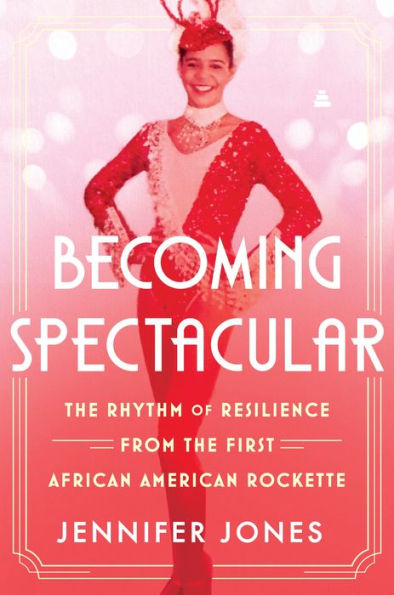Home
The Form of Becoming: Embryology and the Epistemology of Rhythm, 1760-1830
Barnes and Noble
Loading Inventory...
The Form of Becoming: Embryology and the Epistemology of Rhythm, 1760-1830 in Franklin, TN
Current price: $42.00

Barnes and Noble
The Form of Becoming: Embryology and the Epistemology of Rhythm, 1760-1830 in Franklin, TN
Current price: $42.00
Loading Inventory...
Size: OS
The Form of Becoming
offers an innovative understanding of the emergence around 1800 of the science of embryology and a new notion of development, one based on the epistemology of rhythm. It argues that between 1760 and 1830, the concept of rhythm became crucial to many fields of knowledge, including the study of life and living processes.
The book juxtaposes the history of rhythm in music theory, literary theory, and philosophy with the concurrent turn in biology to understanding the living world in terms of rhythmic patterns, rhythmic movement, and rhythmic representations. Common to all these fields was their view of rhythm as a means of organizing time — and of ordering the development of organisms.
Janina Wellmann, a historian of science, has written the first systematic study of visualization in embryology. Embryological development circa 1800 was imagined through the pictorial technique of the series, still prevalent in the field today. Tracing the origins of the developmental series back to seventeenth-century instructional graphics for military maneuvers, dance, and craft work,
reveals the constitutive role of rhythm and movement in the visualization of developing life.
offers an innovative understanding of the emergence around 1800 of the science of embryology and a new notion of development, one based on the epistemology of rhythm. It argues that between 1760 and 1830, the concept of rhythm became crucial to many fields of knowledge, including the study of life and living processes.
The book juxtaposes the history of rhythm in music theory, literary theory, and philosophy with the concurrent turn in biology to understanding the living world in terms of rhythmic patterns, rhythmic movement, and rhythmic representations. Common to all these fields was their view of rhythm as a means of organizing time — and of ordering the development of organisms.
Janina Wellmann, a historian of science, has written the first systematic study of visualization in embryology. Embryological development circa 1800 was imagined through the pictorial technique of the series, still prevalent in the field today. Tracing the origins of the developmental series back to seventeenth-century instructional graphics for military maneuvers, dance, and craft work,
reveals the constitutive role of rhythm and movement in the visualization of developing life.
The Form of Becoming
offers an innovative understanding of the emergence around 1800 of the science of embryology and a new notion of development, one based on the epistemology of rhythm. It argues that between 1760 and 1830, the concept of rhythm became crucial to many fields of knowledge, including the study of life and living processes.
The book juxtaposes the history of rhythm in music theory, literary theory, and philosophy with the concurrent turn in biology to understanding the living world in terms of rhythmic patterns, rhythmic movement, and rhythmic representations. Common to all these fields was their view of rhythm as a means of organizing time — and of ordering the development of organisms.
Janina Wellmann, a historian of science, has written the first systematic study of visualization in embryology. Embryological development circa 1800 was imagined through the pictorial technique of the series, still prevalent in the field today. Tracing the origins of the developmental series back to seventeenth-century instructional graphics for military maneuvers, dance, and craft work,
reveals the constitutive role of rhythm and movement in the visualization of developing life.
offers an innovative understanding of the emergence around 1800 of the science of embryology and a new notion of development, one based on the epistemology of rhythm. It argues that between 1760 and 1830, the concept of rhythm became crucial to many fields of knowledge, including the study of life and living processes.
The book juxtaposes the history of rhythm in music theory, literary theory, and philosophy with the concurrent turn in biology to understanding the living world in terms of rhythmic patterns, rhythmic movement, and rhythmic representations. Common to all these fields was their view of rhythm as a means of organizing time — and of ordering the development of organisms.
Janina Wellmann, a historian of science, has written the first systematic study of visualization in embryology. Embryological development circa 1800 was imagined through the pictorial technique of the series, still prevalent in the field today. Tracing the origins of the developmental series back to seventeenth-century instructional graphics for military maneuvers, dance, and craft work,
reveals the constitutive role of rhythm and movement in the visualization of developing life.
![Rhythm and Romance [Red Smoke Vinyl] [Barnes & Noble Exclusive]](https://prodimage.images-bn.com/pimages/0888072588011_p0_v1_s600x595.jpg)
















